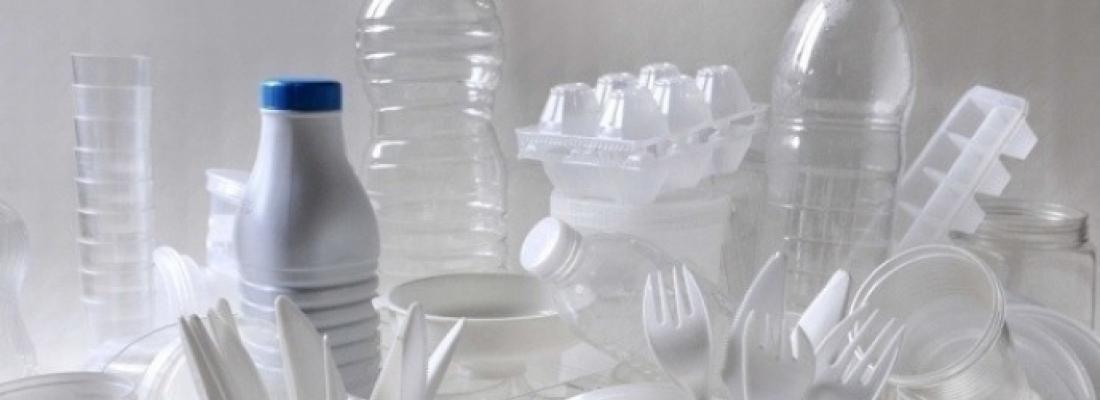Bioeconomy Reading time 4 min
The rational design of safe food packaging systems
Published on 28 May 2015

In Europe, food packaging systems are controlled using regulations that are little harmonised and vary depending on the materials used (plastics, adhesives, printing inks, papers and card, varnishes, etc.) and do not necessarily take account of industrial developments in food packaging or changes of use (increase in the number of components, materials and surfaces in contact with foods, multiple uses, domestic preparations, etc.). Only when a health crisis occurs are any efforts made to determine the causes of contamination. This situation tends to render consumers distrustful of packaging systems, even though it is difficult for food companies to give any guarantees regarding a product whose manufacture they do not control.
A simulation platform at the service of prevention
The ANR SafeFoodPackDesign project provided a general framework to identify and prevent design defects in packaging systems and their uses, at all stages in their life cycle.
The initial paradigm was that safety could be constructed thanks to tools to predict transfers, support decisions on the deformulation of materials and predict their barrier properties. To a great extent, all these methods are already described in the literature. Some have been improved, and additional data have been generated. Indeed, it was not possible to envisage the exhaustive collection of data on all the materials (>100), substances (>8000) and contact/transfer conditions involved. For this reason, preference was given to constructing an expert system capable of learning and extrapolating data or models from the results already available. Rapid deformulation methods (NMR, Mass Spectrometry) were developed and applied to numerous samples of packaging systems collected with the help of industrial companies, in order to support the creation of a database on those available on the French market. Thus it is now possible to recognise all the substances used by the packaging industry. Similarly, different models describing the molecular mechanisms underlying transfer were developed and have been integrated in the expert system.
These calculation tools (simulations, database, expert system) were integrated under a single design and evaluation approach of the FMECA type (Failure Mode, Effects, and Criticality Analysis). This approach, directly adapted from a method widely employed in the aeronautical industry, can now be implemented digitally using an open-source tool called FMECAengine.
Immediate application of the results by industry
The central idea was that each actor throughout the sector would be able to use digital simulations to evaluate the effects of technical choices (in terms of substances, materials, manufacturing steps or methods, domestic use, etc.) on the final contamination of packaged foods.
Information on the FMECAengine platform is now disseminated via special training actions (lectures, workshops, guides). In this way, more than 280 managers from the food industry (70%) and packaging sector (30%) have now been trained in these calculation-based methods to evaluate migration. Further training sessions are also planned for 2015.
The ANR "Safe Food Pack Design" project involved 11 partners between January 2011 and December 2014, and had a global budget of €2.7 million:
- INRA - UMR GENIAL
- LNE - LABORATOIRE NATIONAL DE METROLOGIE ET D'ESSAIS
- Université de Bourgogne /EMMA
- Université Lyon1 / Biodymia
- CASIMIR, now 3S’inPACK
- SCL33
- ANIA
- France Emballage
- Jeune Chambre Economique de Plasturgie
- Decernis
- Storsack, now Sobag France
This project also served as a context for three thesis projects:
- NGUYEN P. M., "Ingénierie de la sécurité sanitaire des emballages alimentaires" (2014, AgroParisTech)
- KADAM, A. "Contribution of understanding the partition behavior of volatiles in glassy polymer films dedicated to packaging." (2014, Université de Bourgogne)
- MARTÍNEZ LÓPEZ, B. "Development of new characterization methodologies and modelling of transport properties on plastic materials : application to homologous series of tracers." (2014, Université de Montpellier II)
